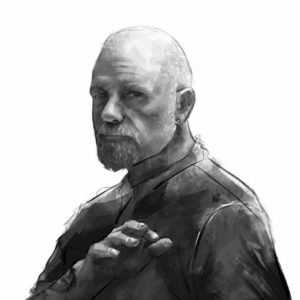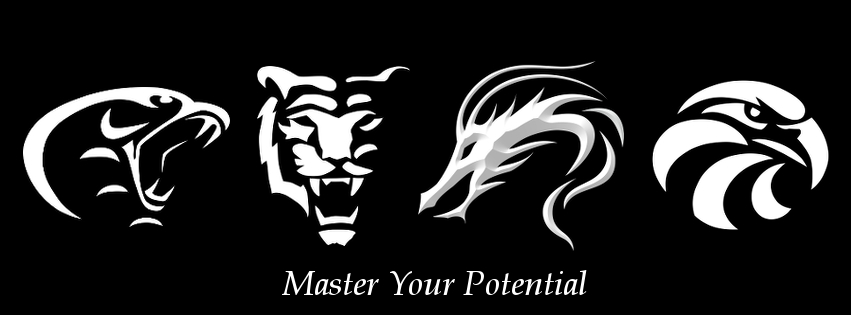When the rhinoceros was first seen by Europeans it was almost certainly sailors who returned with stories of the animal. Even so they probably first saw only dead examples at trading stations and ports. What did they report? Stories of an animal as big as a horse, but stronger, with a single horn in the middle of its head and untameable. And the Unicorn was created. Until only recently, there was more information about the beautiful mythical unicorn than there was about the ugly rhino. And here is an uncomfortable truth, we would rather our stories were beautiful, fabulous and mythical than ugly and true.
Over the years the martial arts have gone through a similar transformation. The Roman father would teach his son that it was “a sweet and seemly thing to die for your country” even though the average Roman battle field was far from “sweet and seemly.” The smell of terrified sweating men slipping in blood and ripped out intestines, to the sound of agonised screaming, pitiful whimpering and men crying for their mothers is not really the image to inspire the young to go and die to make a few aristocrats a bit richer. Wars throughout history will have been similar. Glorious in the telling, brutal in the realisation. I have seen and been taught some beautiful forms (patterns/kata) and then discovered that the movements involved are so far from the practical application that learning the form becomes totally disconnected form learning the techniques. One starts a lesson learning an elegant series of movements that are the unicorn of martial arts. Then, when you break down the form into its individual parts and try to apply each technique, you find that you have to do each movement so different (rhino like) that you end up learning two versions of the same technique, one that is pretty and one that works. The problem with this is that it is often the form version of the technique that you learn automatically. At its worse, you can have movements in a form that no one knows how they might be used in a fight, they are just there like strange choreography. At some point in the past, some master included a technique in a form to help teach his students to use it within the context of other techniques, but time and the martial arts version of Chinese whispers has reduced the technique to a meaningless pretty flourish of the hands.
If you don’t see how an element of a form works, it is, for you, a waste of time, ask how it works and make sure that you do it in the form just the way you do in against an opponent.
Now ask yourself which warning is more effective on a security fence.
“Keep out. Rhinoceros loose in this field.” or “Beware of the Unicorn”









